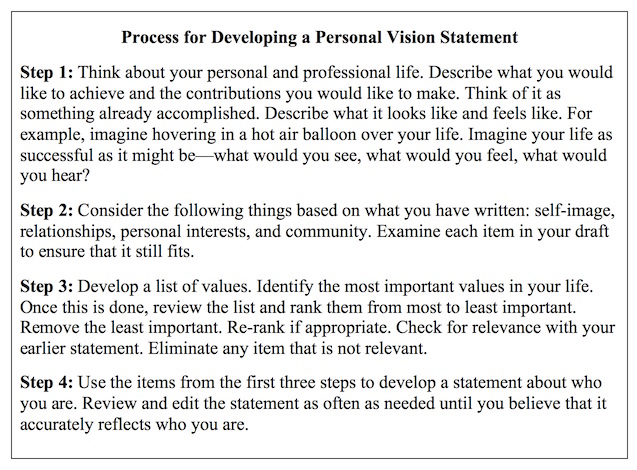Creating a Vision for the School Year
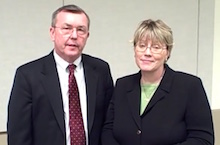 By Ronald Williamson
By Ronald Williamson
and Barbara Blackburn
Holding a clear sense of vision or purpose for a school is important for the principal. Not only must you have a personal vision, but also you must be committed to working collaboratively with teachers, staff, teachers, and students to articulate a clear and compelling vision for the school.
Creating a Personal Vision Statement
There is an old saying, “You have to take care of yourself before you can take care of others.” The same is true of vision. Before you can help others build a shared vision, you must have a vision of your own. Writing a statement of personal vision provides three benefits:
Helps to clarify values and beliefs
- Identifies priorities in your life
- Clarifies what is most important and how you want to spend your time.
The purpose of a vision statement is to inspire, energize, and motivate. It should be emotional and reflect your feelings. Using the following process, you can create your own statement of personal vision. Be sure to include sensory details to provide power to your statement. Also, the more time you invest in reflection at the beginning of the process, the clearer your finished product will be.
 Creating a Schoolwide Vision
Creating a Schoolwide Vision
A mission or vision statement is the shared vision of people in a school about their ultimate purpose. In other words, it is a collective commitment of the school community.
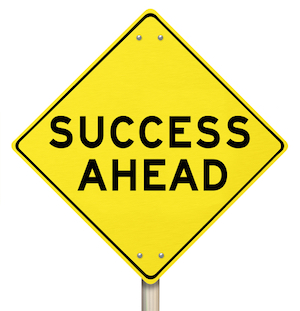

Vision as a Motivational Tool
Vision is one of the most effective tools for personal and group motivation. Having a vision, then revisiting that vision regularly, helps you and your faculty focus on what is most important and balance the competing demands you face.

Ask your teachers to write the letter to you. It is the last day of school, and this past year was the best year of their teaching careers. What happened in their classroom? What happened in the school? How did their students change? How did they grow personally and professionally? Then, use the letters as a part of a discussion with each teacher about their vision and how it relates to yours and the vision for the school. It’s a meaningful way to start the conversation about vision in your school.
A Final Note
The job of a principal begins with vision. If you don’t have a vision, then you won’t have a clear direction when the pressures mount. Take the time to develop your own vision and to build a shared vision among your school community.
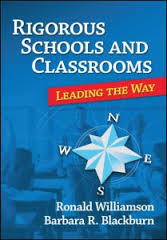
Barbara Blackburn is a best-selling author of 14 books, including Rigor is NOT a Four-Letter Word. A nationally recognized expert in the areas of rigor and motivation, she collaborates with schools and districts for professional development. Barbara can be reached through her website or her blog. She’s on Twitter @BarbBlackburn. See her other MiddleWeb posts here. Her latest book, Rigor in Your Classroom: A Toolkit for Teachers, was published in May 2014.

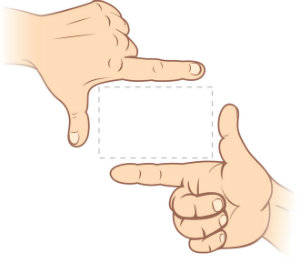 Helps to clarify values and beliefs
Helps to clarify values and beliefs